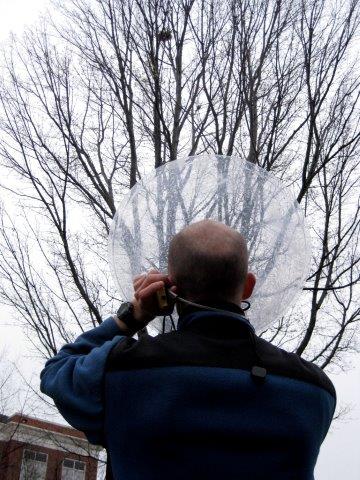International journal Behavioral Processes has published a peer-reviewed article written by Professor of Biology Dave Gammon and Anna Corsiglia ’19 titled “Mockingbirds imitate frogs and toads across North American.”
Elon alumna Anna Corsiglia ’19 and Professor of Biology Dave Gammon recently published one of the most detailed studies of non-avian mimicry ever performed in the international peer-reviewed journal Behavioral Processes.

The study titled “Mockingbirds imitate frogs and toads across North America” was based upon building the most geographically extensive collection of mockingbird song ever, which Corsiglia and Gammon used to successfully predict which species of frogs and toads would be imitated by mockingbirds.
Corsiglia first began undergraduate research at Elon in fall 2017, but her first project failed to develop. But like Elon’s signature phoenix, Corsiglia rose from the ashes and began a new project built on Gammon’s previous research showing that mockingbirds are preferentially likely to imitate model bird species with key acoustic characteristics in their calls. That second effort resulted in the construction of the expansive collection of mockingbird song and the resulting study published by Behavioral Processes.
Others have taken note of Corsiglia and Gammon’s research. The Macaulay Library of Natural Sounds at Cornell University highlighted their study in a post published in November that includes examples of a mockingbird imitating multiple toad species. The Gall Lab at Vassar College in December published a post in December about the research that included a creative take on the popular children’s book “Frog and Toad are Friends” that includes a mockingbird in the mix.


